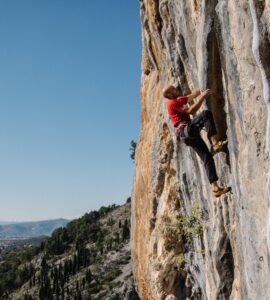Marble trout (Salmo marmoratus), characterized by distinctive marbled color pattern and high growth capacity, inhabits some rivers and streams flowing into the Adriatic Sea Fish of the Salmo genus of the Salmoninae subfamily of the Salmonidae family of the Salmoniformes order of the Protacanthopterygii superorder.
Marble trout (Salmo marmoratus) was first described in 1829 by the French naturalist and zoologist Georges Cuvier (1769 – 1832).
It inhabits fast-flowing oxygenated rivers. Besides, it is found in lakes with tributaries.
The recorded maximum length is 120 cm. The maximum weight is 30 kg. It feeds on zooplankton, insects, fishes.
It’s the inhabitant of northern tributaries of the Po River, as well as the Adige, Brenta, Piave, Tagliamento and Livenza river basins (Italy), the Soca river basin (Italy, Slovenia), the Neretva river basin (Bosnia and Herzegovina, Croatia), the Morača river basin (Montenegro) and Lake Skadar (Albania, Montenegro).



















